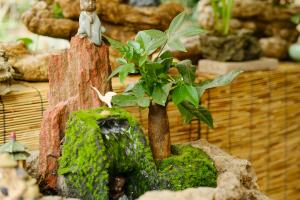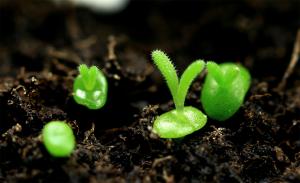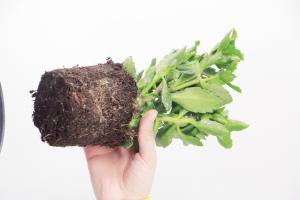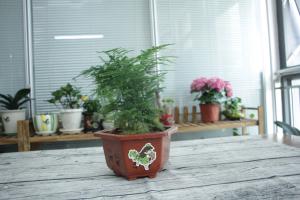How Do Birds Help Plant Trees
Birds are a crucial component of ecosystem health, providing a range of ecological services such as pollinating flowers, dispersing seeds, controlling pests, and many more. Dispersing seeds is one of the most important roles that birds play in their ecosystem. In this aspect, birds contribute greatly to the regrowth of forests and the establishment of new woody plants, indicating the direct influence of birds to the maintenance of forest ecosystem.
Birds and Seed Dispersal
Seed dispersal is the process by which seeds are spread in different regions, potentially exposing them to new environments and conditions where they can establish new plants. Many plants have evolved specific mechanisms to facilitate seed dispersal, such as wind, water, and animals. Birds are a type of animal that primarily disperses seeds through their droppings, which can contain the undigested seeds of fruits and other plant materials.
Many bird species owned seed-dispersing qualities that allow them to swallow organic material with seeds included in the pulp before excreting the seeds through their faeces. This ensures that the seeds are spread over a broader area and further increased the plant’s chances of finding an optimal environment for growth. The seeds are deposited in another location that is either conducive to the germination process or far away enough from the parent plant to avoid competition.
Seed Dispersing Birds
Birds that frequently exhibit seed dispersal include thrushes, robins, and waxwings primarily disperse seeds of fruiting plants, such as cherries and raspberries. Similarly, many tropical bird species consume fruit, and their seeds are widely dispersed throughout the jungle. Other seed-dispersing birds such as hornbills and toucans can swallow larger fruits, meaning that they disperse larger seeds, which can then grow into larger plants.
In general, birds that help with the process of seed dispersal have larger territories and greater mobility than birds that do not play a role in dispersing seeds. This is because birds that disperse seeds need to cover greater distances in search of fruits and other plant materials, which increases the likelihood that they will come into contact with new plant species that they can help to disperse.
The Importance of Bird-Mediated Seed Dispersal
The process of bird-mediated seed dispersal is crucial to the establishment of future plant populations, particularly in areas where seeds would otherwise be unable to disperse. Because most birds are mobile, they can help to disperse seeds over great distances, providing new opportunities for plant populations to thrive over a broader area. Bird-mediated seed dispersal is especially important because it helps to maintain biodiversity in ecosystems and increase the stability of the ecosystem. Ultimately, the continued success of ecosystems and the processes that maintain them are reliant on bird populations for seed dispersal.
Conclusion
Birds are important to plant comunities, and their impact on the ecosystem health cannot be overstated. In particular, their contribution to seeding, germination, and re-growth of plants and forests cannot be underestimated. The loss of bird habitat can lead to a reduction in seed dispersal rates and possibly contribute to the progressive loss of biodiversity. Therefore, exploring ways to preserve bird populations and the natural habitats they rely on should be a priority for conservationists and environmentalists alike.

 how many times do yo...
how many times do yo... how many planted tre...
how many planted tre... how many pine trees ...
how many pine trees ... how many pecan trees...
how many pecan trees... how many plants comp...
how many plants comp... how many plants can ...
how many plants can ... how many plants and ...
how many plants and ... how many pepper plan...
how many pepper plan...

































